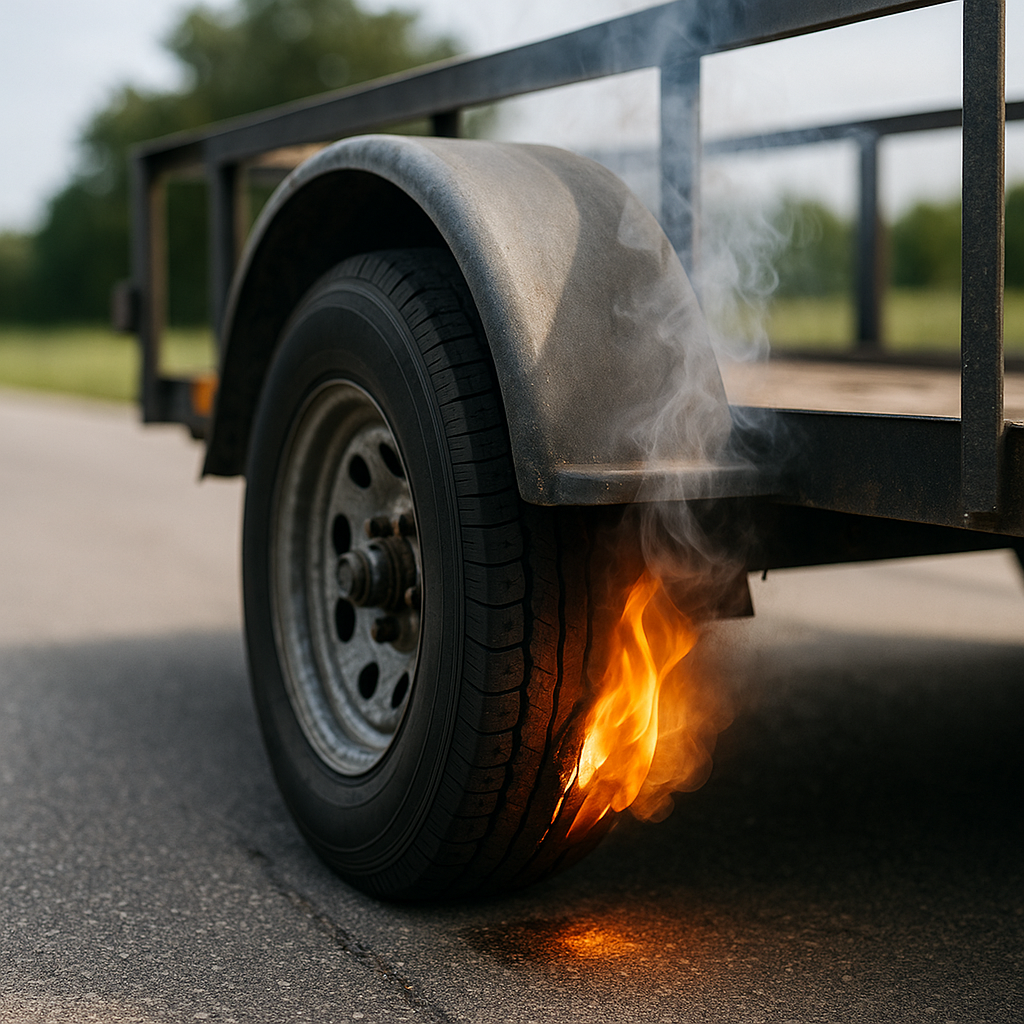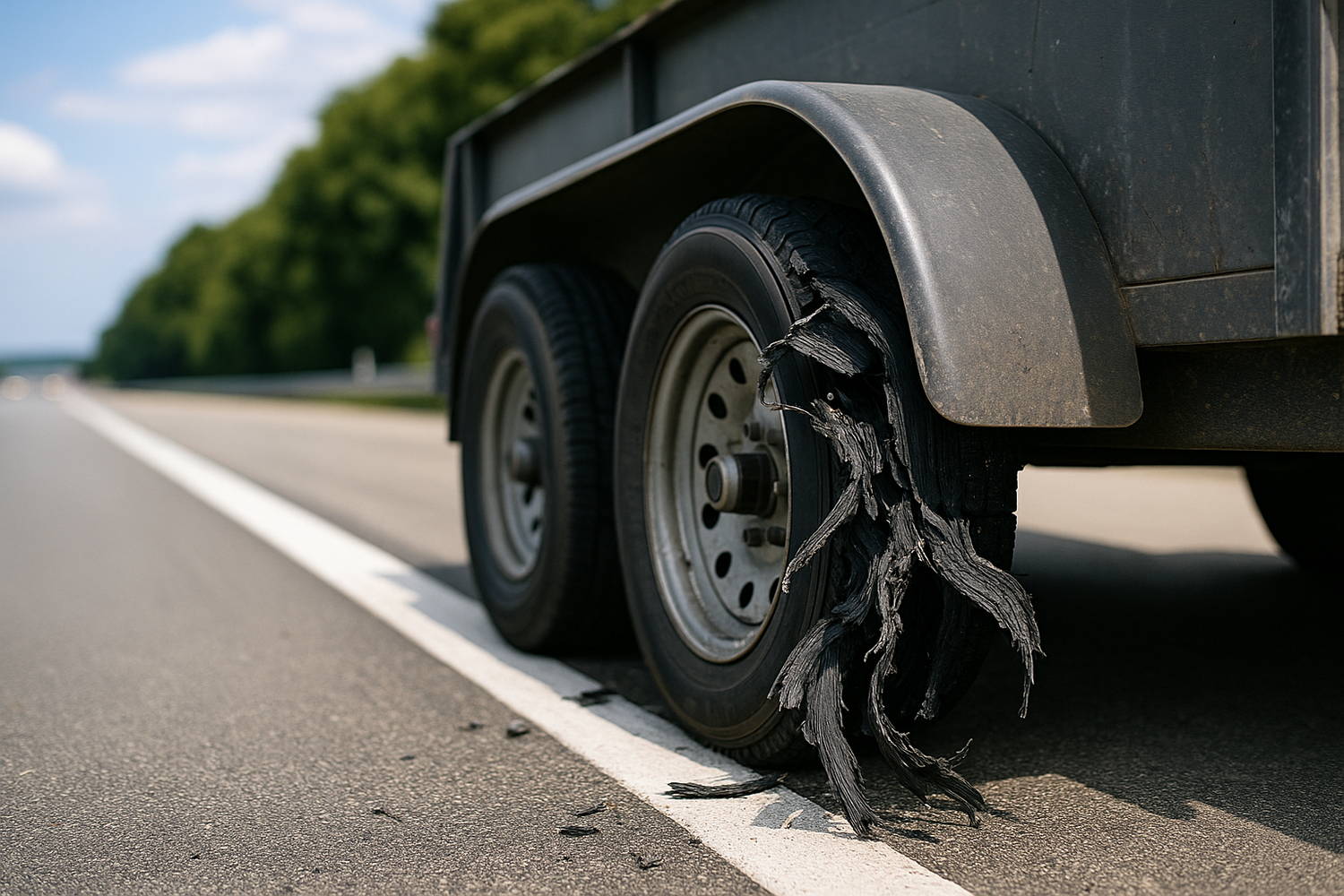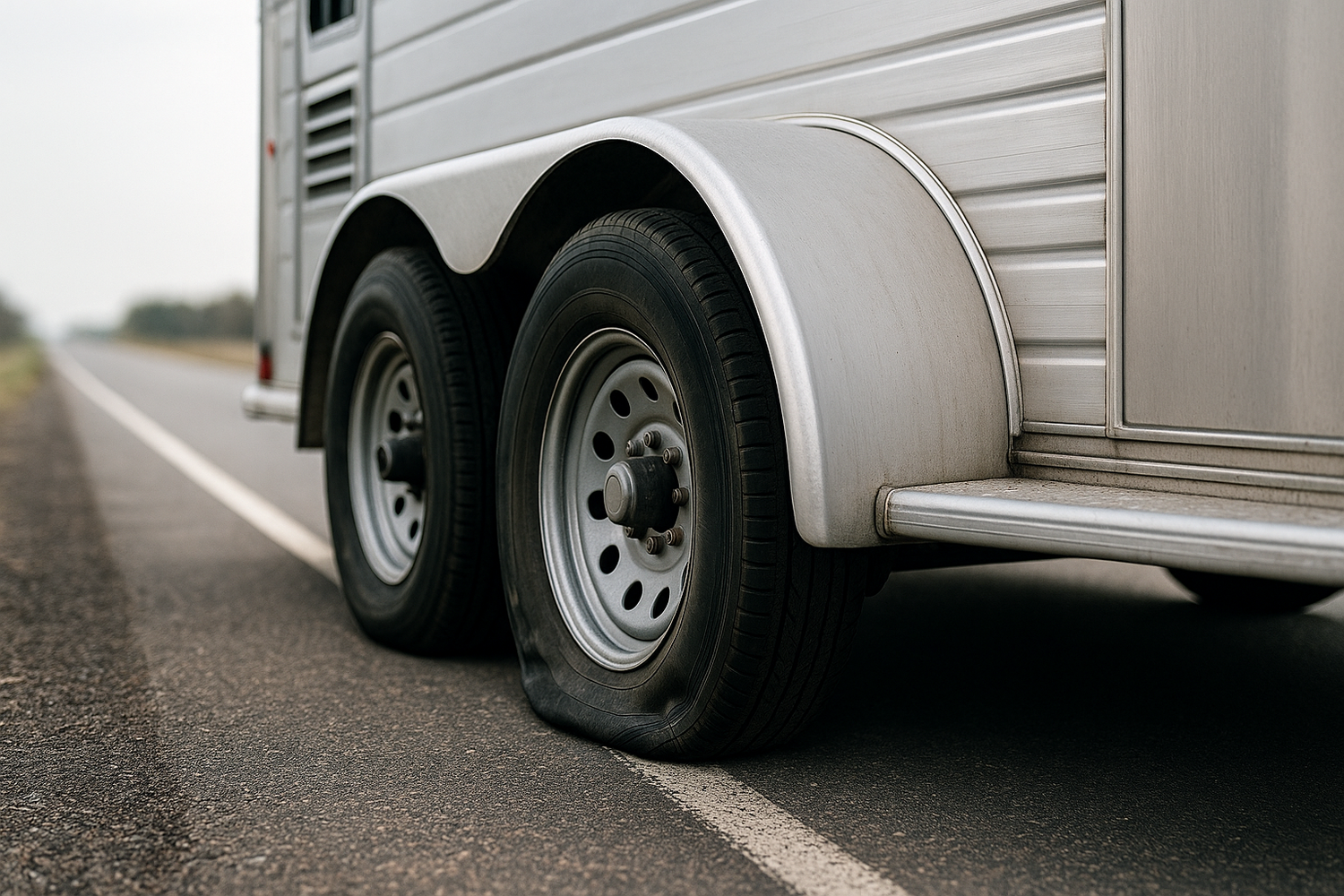Maintaining optimal tire pressure safety is crucial for ensuring your vehicle operates efficiently and safely. Tire pressure refers to the amount of air in your tires, measured in pounds per square inch (psi). Understanding this concept is essential for any vehicle owner, as it directly influences performance, fuel economy, and overall safety on the road.
When tire pressure is too low, it can lead to increased rolling resistance, which means your engine has to work harder, ultimately reducing fuel efficiency. On the other hand, over-inflating tires can result in decreased traction and a harsher ride. To maintain proper tire pressure, consider the following:
- Regular Inspections: Check tire pressure at least once a month, and before long trips.
- Temperature Effects: Tire pressure can fluctuate with changes in temperature; for every 10°F change, tire pressure can change by 1 psi.
- Manufacturer Recommendations: Always refer to the vehicle's owner manual for the recommended psi levels.
Moreover, maintaining appropriate tire pressure can significantly reduce the risk of tire blowouts, a common cause of accidents. By prioritizing tire pressure safety, you not only protect yourself but also contribute to the longevity of your tires and vehicle performance. Tow with peace of mind, knowing that trailerwatchdog is standing guard.
How Tire Pressure Affects Vehicle Performance

The relationship between tire pressure safety and vehicle performance is profound and multifaceted. Proper tire pressure not only enhances fuel efficiency but also directly impacts handling, braking, and overall driving comfort.
When tires are inflated to the correct pressure, they maintain optimal contact with the road surface. This ensures better grip, which is essential for effective steering and braking. Conversely, under-inflated tires can lead to a substantial increase in stopping distances, making it harder to avoid potential accidents. Here are some ways tire pressure affects vehicle performance:
- Fuel Efficiency: Properly inflated tires reduce rolling resistance, allowing your vehicle to consume less fuel and operate more efficiently.
- Handling and Stability: Correct tire pressure ensures that your vehicle maintains better stability during turns and on uneven roads, enhancing your overall driving experience.
- Tire Longevity: Maintaining the right tire pressure prevents uneven wear and extends the life of your tires, saving you money on replacements in the long run.
Additionally, consistent monitoring of tire pressure contributes to smoother rides, as over-inflated or under-inflated tires can lead to vibrations and discomfort. Therefore, prioritizing tire pressure safety is not just about compliance; it is vital for your vehicle's performance and your safety on the road.
Consequences of Improper Tire Pressure
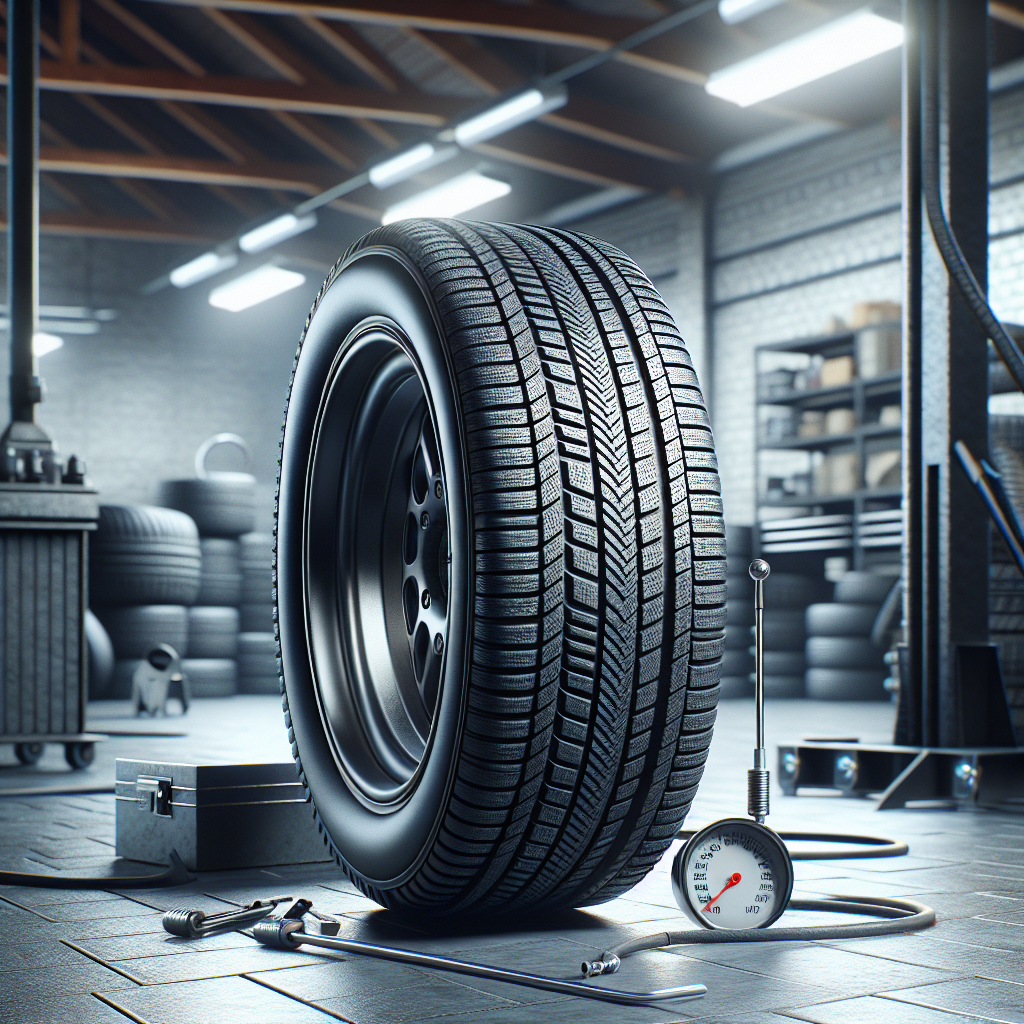
Improper tire pressure can lead to a cascade of negative consequences that affect not only your vehicle's performance but also your safety on the road. Understanding these ramifications is crucial for all drivers who prioritize tire pressure safety.
When tires are either over-inflated or under-inflated, a variety of issues can arise:
- Increased Risk of Blowouts: Under-inflated tires generate excessive heat, making them more prone to blowouts. This sudden tire failure can lead to loss of control and severe accidents.
- Poor Fuel Economy: Tires that are not at the recommended pressure can cause the engine to work harder, leading to decreased fuel efficiency. This not only increases your fuel costs but also contributes to higher emissions.
- Uneven Tire Wear: Improper pressure leads to uneven wear patterns on the tires, resulting in reduced tread life and necessitating more frequent replacements.
- Compromised Handling: Low tire pressure can significantly affect vehicle handling and braking responsiveness, making it difficult to navigate turns and sudden stops safely.
- Increased Stopping Distance: Tires that are not properly inflated can lead to longer stopping distances, which can be critical in avoiding collisions.
In summary, neglecting tire pressure can lead to severe consequences that impact your safety, wallet, and the environment. Regularly checking and maintaining the correct tire pressure is a simple yet effective way to mitigate these risks and ensure a safer driving experience.
Tips for Maintaining Proper Tire Pressure

Maintaining proper tire pressure is essential for ensuring vehicle safety and performance. Here are some practical tips to help you keep your tires in optimal condition:
- Check Tire Pressure Regularly: It’s advisable to check your tire pressure at least once a month and before long trips. Use a reliable tire pressure gauge to get accurate readings.
- Follow Manufacturer Recommendations: Each vehicle has a specified tire pressure range indicated in the owner’s manual or on a sticker located on the driver’s side door jamb. Adhering to these guidelines will help ensure you maintain proper tire pressure safety.
- Inspect Tires for Damage: Regularly inspect your tires for any signs of damage, such as cuts, bulges, or excessive tread wear. If you notice any issues, consult a professional.
- Adjust Pressure When Necessary: Tire pressure can fluctuate with temperature changes. For every 10°F change in ambient temperature, tire pressure can vary by about 1 PSI. Be sure to adjust accordingly, especially during seasonal transitions.
- Utilize a Tire Pressure Monitoring System: Consider investing in a tire pressure monitoring system (TPMS). This technology provides real-time updates on tire pressure, making it easier to maintain optimal levels.
By following these tips, you can help ensure that your tires are always properly inflated, which contributes to overall vehicle safety and efficiency.
Tire Pressure Monitoring Systems Explained
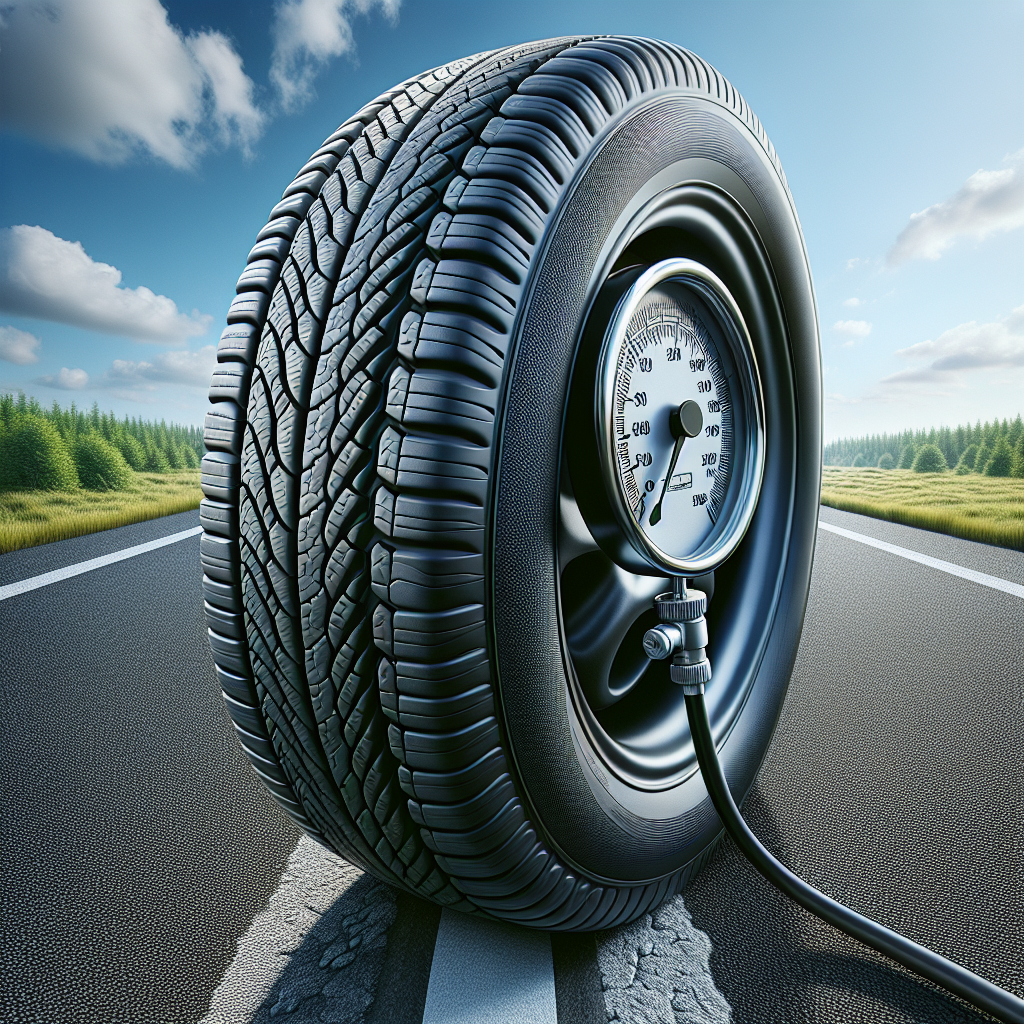
A Tire Pressure Monitoring System (TPMS) is an essential tool designed to monitor the air pressure in your vehicle's tires. This technology plays a crucial role in enhancing safety and improving fuel efficiency. Here's a closer look at how TPMS works and its benefits:
TPMS can be categorized into two main types:
- Direct TPMS: This system uses pressure sensors mounted on each tire to measure the actual tire pressure. If the pressure falls below a specified threshold, the system alerts the driver through a warning light on the dashboard.
- Indirect TPMS: This system does not measure tire pressure directly. Instead, it uses the vehicle’s ABS (Anti-lock Braking System) to monitor the rotational speed of the tires. If a tire is under-inflated, its rolling circumference changes, prompting the system to alert the driver.
Implementing a TPMS offers several benefits. Firstly, it enhances tire pressure safety by providing real-time monitoring, allowing drivers to address pressure issues before they lead to tire blowouts. Secondly, properly inflated tires improve fuel efficiency, as under-inflated tires can increase rolling resistance, leading to higher fuel consumption.
Finally, a TPMS helps extend the life of your tires by reducing uneven wear, which can occur due to improper inflation. By understanding and utilizing this technology, vehicle owners can significantly enhance their driving experience and safety on the road.
Conclusion: Prioritizing Tire Pressure Safety
In conclusion, prioritizing tire pressure safety is not just about compliance with regulations; it is a vital aspect of responsible vehicle ownership. Maintaining optimal tire pressure can prevent catastrophic failures, improve fuel efficiency, and enhance overall driving safety. With the advancements in technology, such as Tire Pressure Monitoring Systems (TPMS), monitoring tire pressure has never been easier.
Regularly checking your tire pressure and ensuring your tires are properly inflated can lead to a safer driving experience. Remember that under-inflated tires can lead to increased wear, reduced handling, and potential blowouts. By making tire maintenance a habit, you are taking a significant step towards ensuring your safety and that of others on the road.
To take your safety a step further, consider integrating a trailer monitoring system that provides real-time data on axle temperature and tire pressure. This proactive approach can help prevent catastrophic failure events while towing. Tow with peace of mind, knowing that trailerwatchdog is standing guard.





